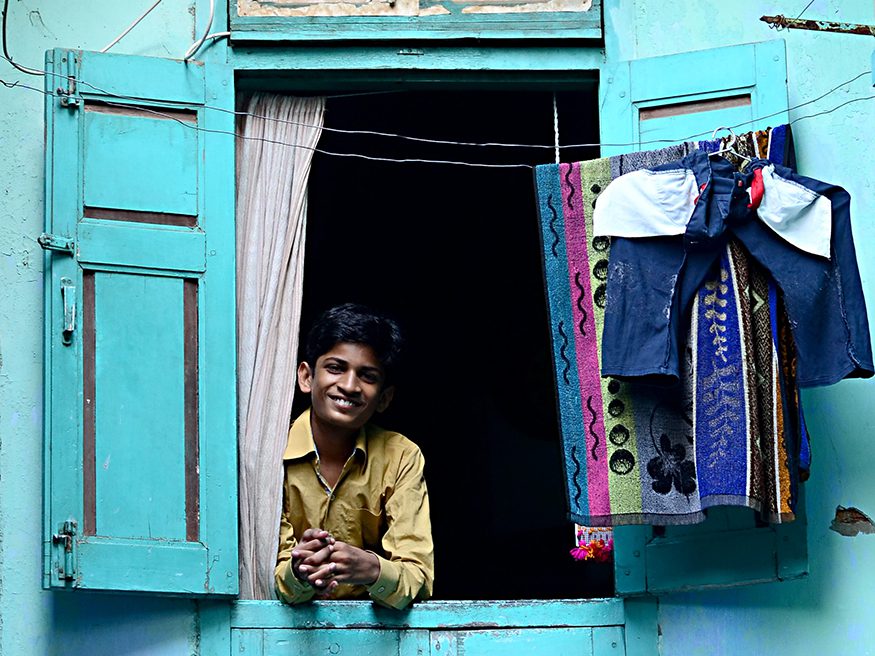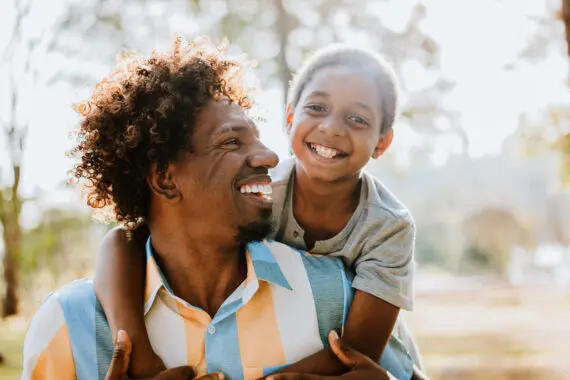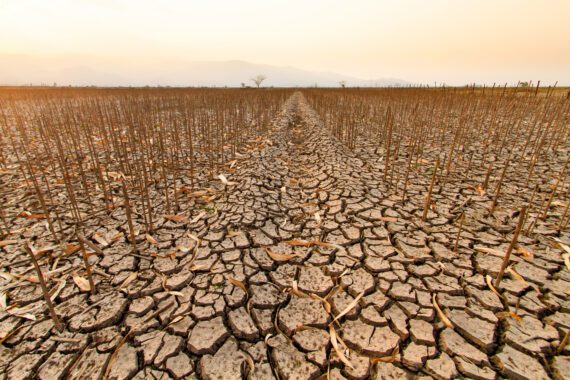By Michele Learner
As 2021 approaches the halfway mark, the United States is seeing some encouraging signs. The country has reached milestones in its COVID-19 vaccination efforts, particularly among elders. By early May, more than 35 percent of the U.S. population had been fully vaccinated, and this level could see a bump with the approval of vaccines for children ages 12 to 15, which had recently been announced at the time of writing.
We recognize that the overall numbers and percentages conceal wide variations by region, age, race, ethnicity, gender, income level, and other factors. In addition, 35 percent or 40 percent is far short of the vaccination levels thought to be needed to contain COVID-19 or “reach herd immunity” in this country. Still, it is a far cry from the situation of a year ago or six months ago.
We pointed out in an earlier piece that in a global pandemic of an infectious disease, quite literally no one is safe until everyone is safe. Global vaccine equity must therefore be a top priority as the world tries to recover.
Several other recent Bread for the World blog posts also discuss key issues as we move forward. Following up his piece on how the Child Tax Credit (CTC) expansion works to significantly reduce child poverty, Todd Post makes the case for a broader plan to invest in our country’s children, a “1,000 Days infrastructure.” Jordan Teague and Rahma Sohail wrap up their series on hunger in fragile contexts around the world with recommendations on reducing hunger while recovering from the COVID-19 pandemic. I recently wrote a piece on the urgent hunger crises, including three that are considered famines, that threaten children, particularly babies and toddlers, in the pandemic era.
While policymakers may understand on an intellectual level that global vaccine equity is absolutely necessary, they must now act on that knowledge—despite other priorities, distractions, worries about “political realities,” or anything else. If anyone needed a reminder that this is urgent, the headlines on the explosion of COVID-19 cases in India would supply that reminder.
The reported number is just under 400,000 new COVID infections per day, but researchers at the University of Washington’s Institute for Health Metrics and Evaluation (IHME) estimate the true number of new infections at 8 million daily. That is a new group the size of New York City’s entire population becoming infected every day.
By now, many details of the crisis in India are sadly familiar from accounts of other major waves of the pandemic. Few neighborhoods or extended families remain untouched. Families without many financial resources cannot afford to bury or cremate their dead. People in the Indian diaspora are urgently organizing to help hospitals facing shortages of the supplemental oxygen people with severe COVID need to survive.
Even beyond the unthinkable scale of tragedy in a country of nearly 1.4 billion, “India’s” second COVID-19 wave does not belong to India alone, and it will not stay there. Neighboring Nepal has already seen a surge in new infections. And although India is able to conduct genetic sequencing on only a tiny percentage of positive tests—meaning that variants and their spread can easily be missed—at least one variant of great concern to researchers has not only been identified, but has spread to 44 countries at last count.
Experts say that the crisis in India was predictable and more could have been done to prevent it. The Indian government has had a slow start to its vaccination efforts, but the governments of high-income countries could be doing better as well. For months, the U.S. government would not allow exports to India of raw materials needed to manufacture COVID-19 vaccines, and the United States also stockpiled millions of doses that were going unused because the FDA had not yet approved them.
“The pandemic has once again highlighted the extreme international inequality in access to lifesaving vaccines and drugs,” said Bina Agarwal, professor of development economics and environment at the University of Manchester, U.K.
The U.S. government is now sending essential supplies for vaccine production to India, and it has pledged to export the unused vaccine doses. In addition, Bread had urged the administration to make it easier for other nations to manufacture vaccines. We were heartened by the announcement in early May that because this is a dire emergency, the U.S. government will support waiving intellectual property restrictions for COVID-19 vaccines.
But as of May 12, less than 3 percent of India’s population had been fully vaccinated. Clearly, India’s people could not and cannot afford avoidable delays of any kind. And, since viruses don’t respect borders, people elsewhere in the world cannot afford them either.
Michele Learner is managing editor with Bread for the World Institute.



